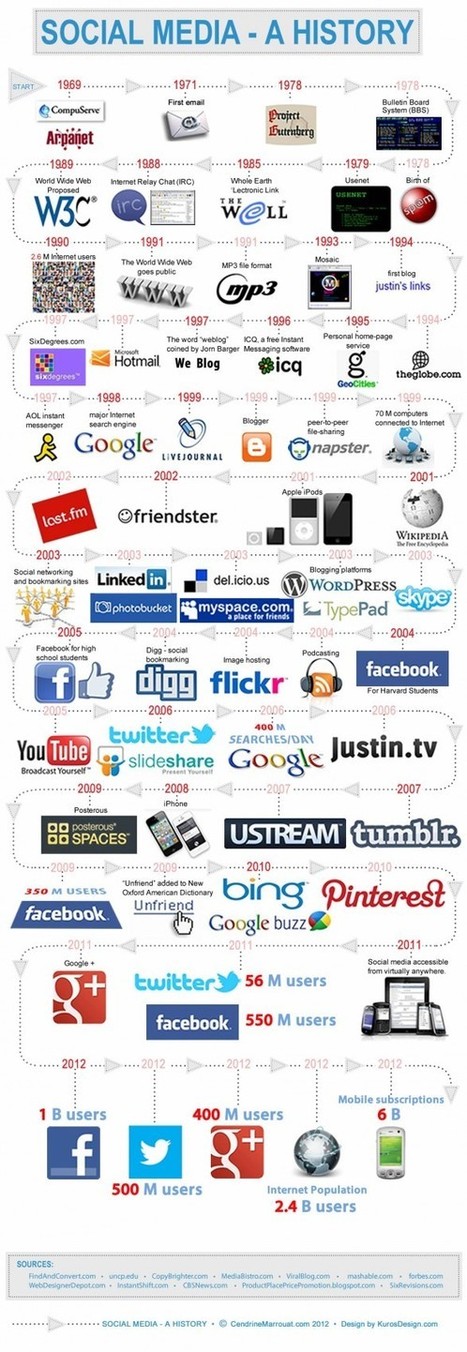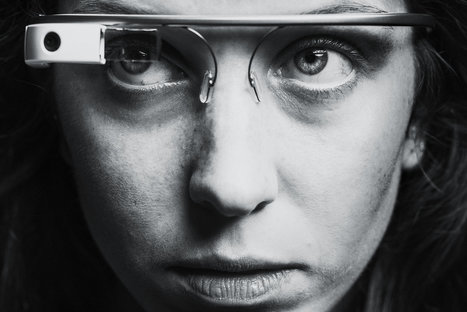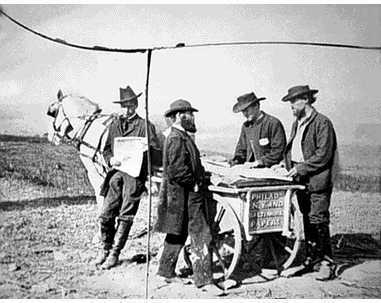Get Started for FREE
Sign up with Facebook Sign up with X
I don't have a Facebook or a X account
 Your new post is loading... Your new post is loading...
 Your new post is loading... Your new post is loading...

decentralisedteaching's curator insight,
October 20, 2014 5:56 AM
Interesting article on how some of the top universities in the US (Stanford, MIT) are pushing Decentralised, Networked Learning!

Patrizia Bertini's curator insight,
December 30, 2012 5:59 AM
I see! - goes together with embodied cognition? It seems so... Infographics as a key? 
bancoideas's curator insight,
December 30, 2012 9:28 AM
Ideas acerca de las ideas que tenemos sobte nosotros/as mismos/as y el mundo que co-construimos 
Denise Eler's curator insight,
June 30, 2015 7:26 PM
Quando um gestor pede que uma apresentação de 80 slides seja condensada em 3 slides, ou uma página A3, não tenha dúvida: isto vai exigir de você mais que capacidade de síntese textual. Pensar visualmente, especialmente, criando diagramas é uma competência valiosa. Vejo isso durante meus cursos e vivência com profissionais das mais variadas indústrias. A boa notícia é que dá para aprender ;) |

Margaret Waage's curator insight,
August 29, 2013 10:50 AM
Back to school - great resource - thank you!! 
Alfredo Corell's curator insight,
September 1, 2013 1:55 PM
Without words... excellent applications for education in particular for students of history and development of media. 
Bryan R. D.'s curator insight,
April 21, 2017 6:10 PM
Interesting description of the Media History Digital Library, which is a massive archive of documents about various forms of media including film, television and radio. This would be a great resource for those wanted to research pop culture or media history.
The archive site is called the latern and has many documents regarding media pieces including critiques and and evaluations. Could be a good tool for students to pick up pointers on how to compose a critique or media studies. |

















Everyday leadership also means being aware of the technology that enhances how we influence people. According to this infographic, social media has been around since 1969. I would posit that social media has been around since the printing press was invented. Although early media was not interactive, it accelerated communications and person-to-person interaction. We're social beings and if we expand our thinking, even cave art was social media. As Solomon said, there's nothing new under the sun. We have innovations and inventions, but the foundational activity is communication that moves us from caves to condos and beyond.
This picture shows how social media has developed over the years. It mentions how many people thought that social media was started with facebook, when in reality it was really started by other projects that you can see above. This picture/concept shows the differences between which sites took off and which didn't, depending on our cultural preferences.
YES infographie : synthèse social média.